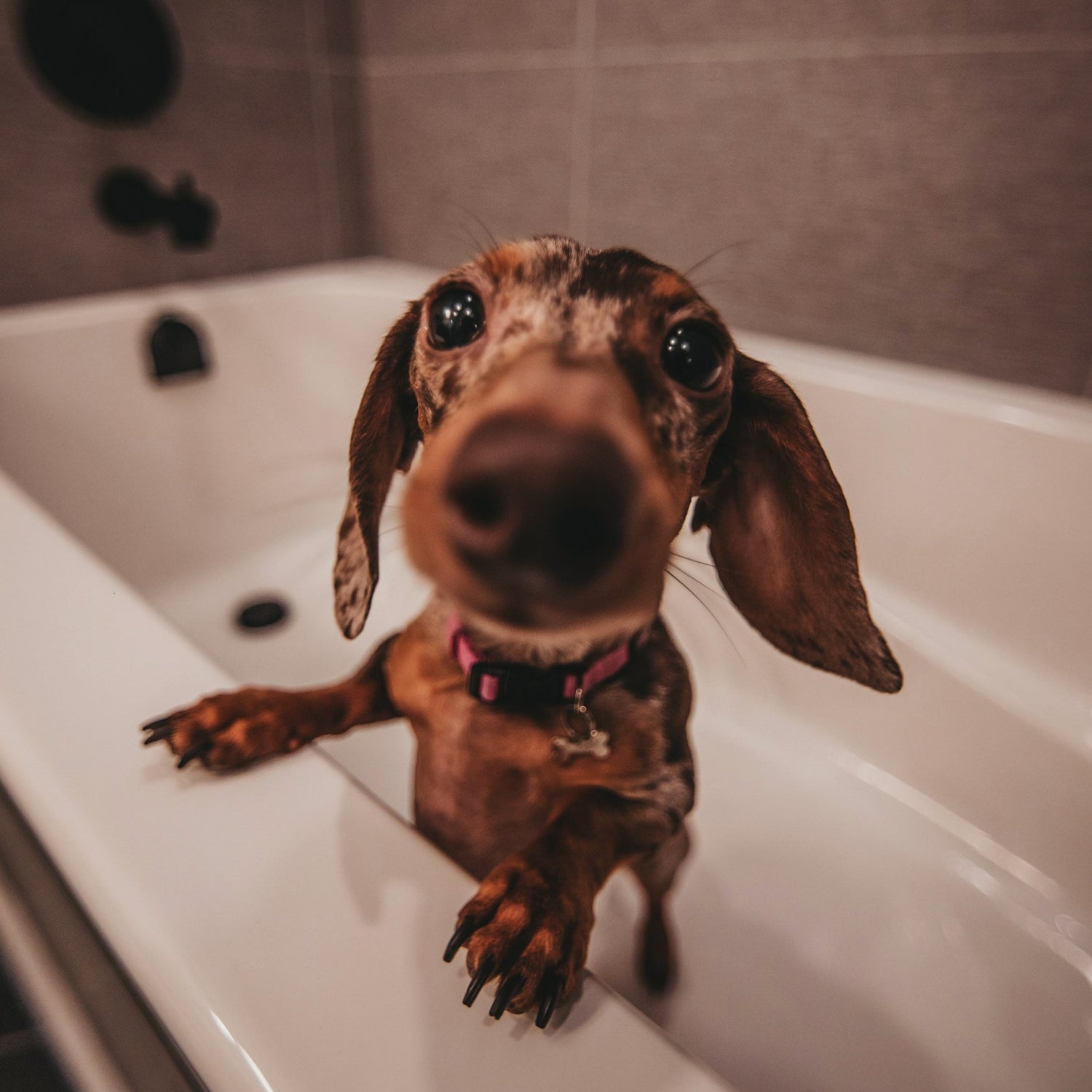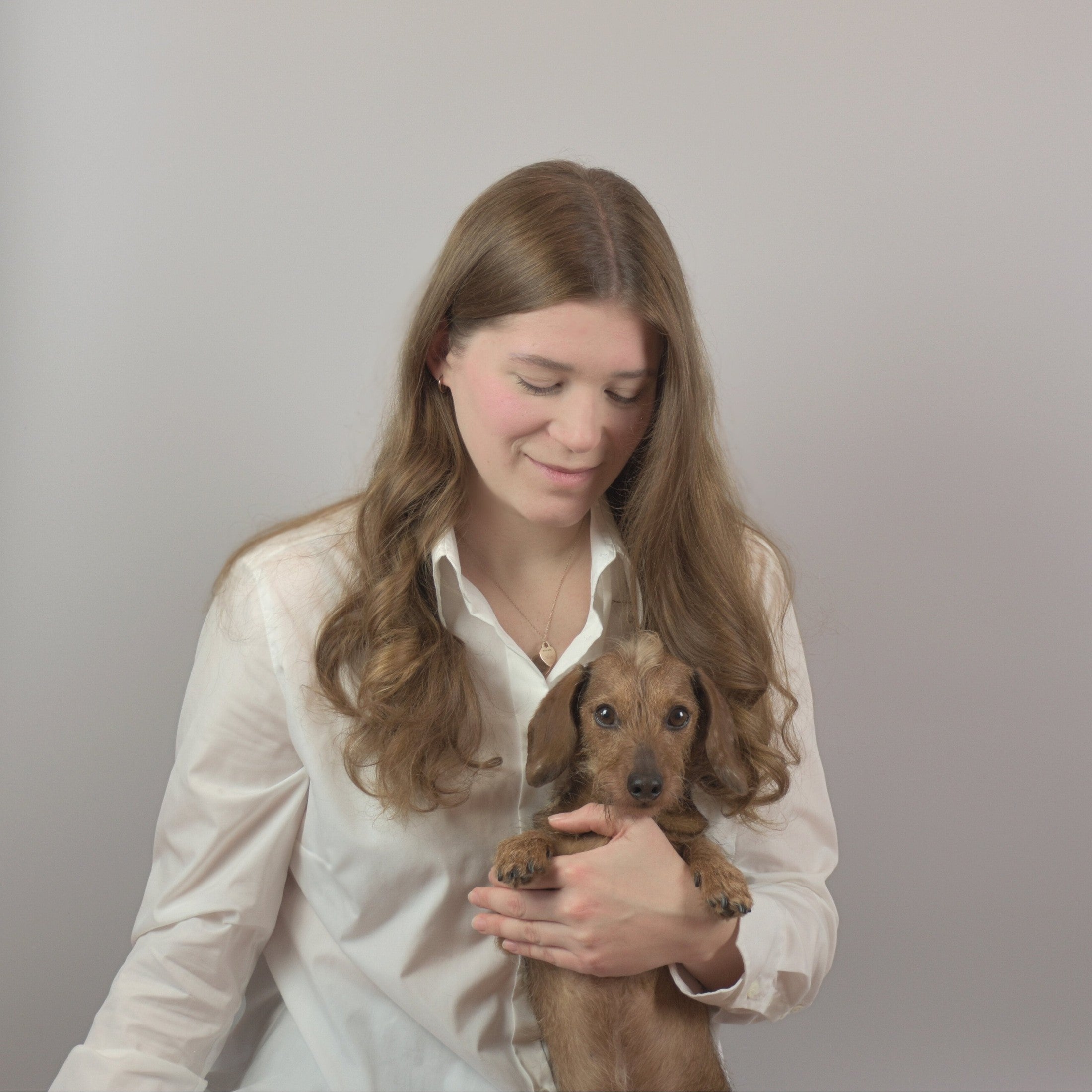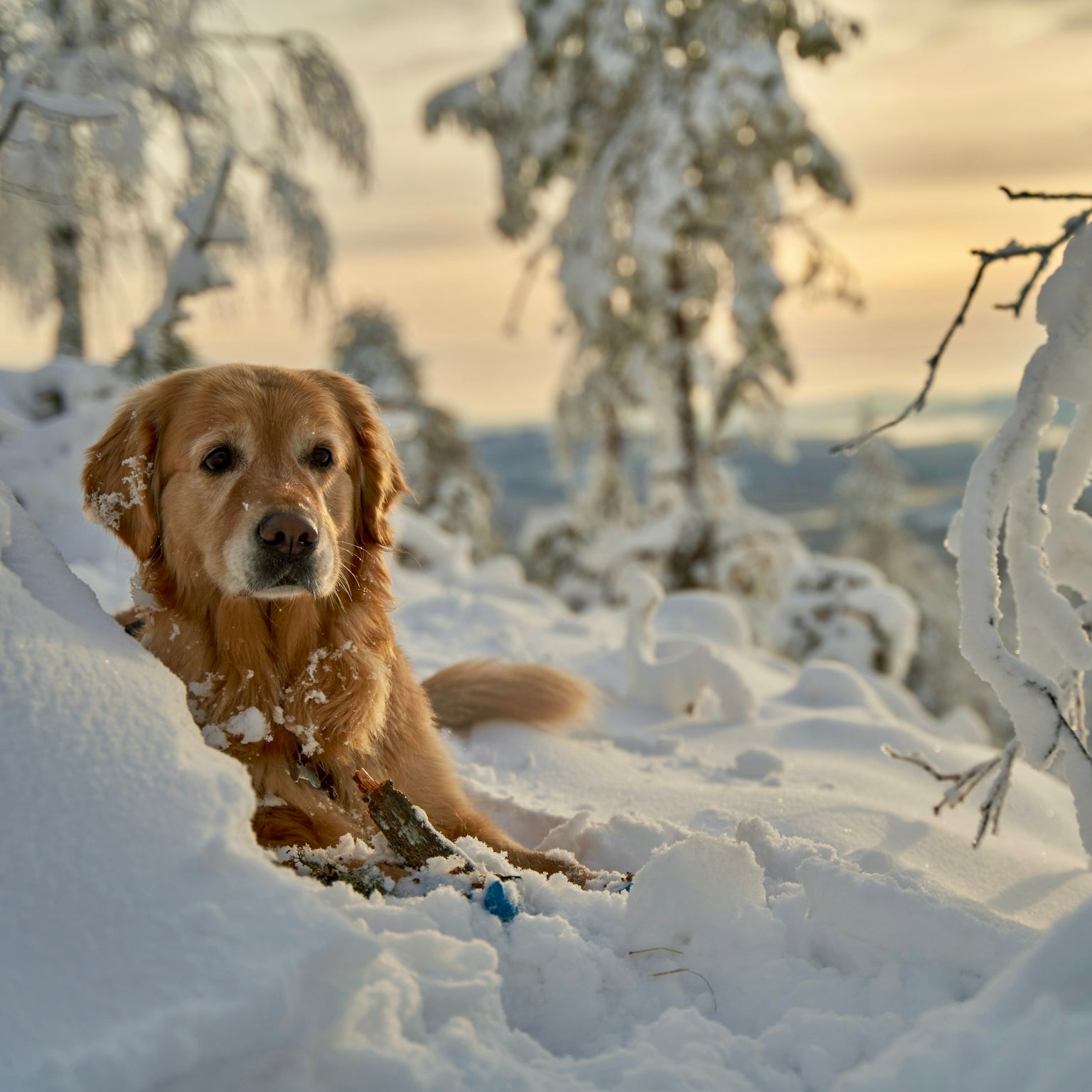Traveling with your dog is an unforgettable experience, but it also presents a unique challenge: providing continuous and comprehensive care for your four-legged companion while on the road. While exploring new landscapes, your dog's hygiene shouldn't be neglected. From clipping after long hikes to dental care at remote campsites – this article will show you how to keep your dog well-groomed even when you're away from their usual environment.
Table of contents
- Introduction: Why dog grooming is essential when traveling
- Travel preparation & mobile care kit
- Grooming on the go
- Dental hygiene & health care on tour
- Paw and claw care on all surfaces
- Ear and eye care in unfamiliar surroundings
- Conclusion: Well-groomed on four paws – your top tips for stress-free travel
Key take-aways
- Dog grooming while traveling requires forward planning and a compact grooming kit.
- Different coat types require customized grooming tools and techniques.
- Dental hygiene and preventative health care, including parasite protection, are essential even outside of the home.
- Paw and claw care protects against injuries on a variety of surfaces.
- With simple tips for ear and eye cleaning, you can stay safe even in dusty or windy regions.
Introduction: Why dog grooming is essential when traveling
Traveling awakens the spirit of discovery – your dog senses the change in every fiber of his being and enjoys new stimuli. However, changes in environment, unfamiliar surfaces, and often greater physical demands can quickly affect your dog's health and well-being. Cleanliness and grooming are therefore not just a matter of appearance, but also an important protection against infections, skin irritations, and parasites. Good preparation will save you stress while traveling and your dog from potential discomfort.
Especially if you're planning longer hikes or taking your dog to mountainous regions, beaches, or cities, their grooming needs will change. Their fur can become matted more quickly, their paws become more sensitive to heat or cold, and their dental hygiene suffers if they're not brushed regularly. Their ears and eyes are also more exposed to dust or wind.
In this article, you'll learn step-by-step how to optimally care for your four-legged friend—from a compact travel grooming kit to post-workout behavior. This will make your vacation together a pure pleasure.
Travel preparation & mobile care kit
Good preparation is key for dog grooming on the go. Put together a compact grooming kit that easily fits in your carry-on luggage or backpack:
| utensil | Purpose | Recommendation |
|---|---|---|
| Travel dog brush | Removing dirt, loose hair and lint | Foldable bristle brush, nylon |
| Dry shampoo | Quick cleaning without water | Natural, moisturizing ingredients |
| Travel toothbrush & paste | Dental hygiene even without a sink | Foldable brush/finger cot, enzymatic paste |
| Paw protection cream | Protection from heat, cold and sharp surfaces | In dosed stick format |
| Ear cleaning wipes | Gentle removal of dust and deposits | Individual packs for hygienic use |
| Mini first aid kit | Treating minor injuries | Sterile compresses, disinfectant wipes |
Pack these items in a sturdy toiletry bag or small organizer. Also consider:
-
First aid kit : Parasite medication, wound ointment, disinfectant spray
-
Additional towels : Microfiber – quick drying and space-saving
-
Water container & foldable bowl : For coat cleaning and dental hygiene
With this set you are prepared for most everyday situations on the road – from dusty paths to a rest stop by the lake.
Grooming on the go
Your dog faces new challenges for his coat when traveling: Sand, mud, pollen, and sunscreen can lead to matting, irritation, or discoloration, depending on the surface. Proper grooming while traveling protects against skin infections and ensures well-being.
(a) Identify coat types and choose suitable tools
-
Short hair : A soft natural or nylon brush is sufficient to remove loose dirt.
-
Wire or rough hair : Slicker brush to remove tangled undercoat.
-
Long hair & dense undercoat : Undercoat hook and fine-toothed metal comb to prevent matting.
(b) Quick grooming between stages
-
Remove loose particles : Gently brush in the direction of hair growth.
-
Use dry shampoo : Spray on, massage in briefly, brush off.
-
Wet wipe alternative : Special fur care wipes for heavier soiling.
If you are staying in a hotel or tent, spread out an old towel for your dog to stand on: This will keep the floor clean and allow you to comb out the fur comfortably.
Dental hygiene & health care on tour
Dental care is not a luxury, but a necessity to prevent tartar and periodontal disease. However, using a regular toothbrush and toothpaste isn't always possible when you're on the go.
Dental hygiene without saying goodbye to brush & paste
-
Travel toothbrush : Compact, foldable or with protective cap.
-
Enzymatic toothpaste : No fluoride, gentle to swallow.
-
Chew toys & dental snacks : Reduce plaque when you can't brush.
Tip: Brush in the evening after your dog's last meal, while he's still awake. This will help prevent plaque buildup.
Parasite, vaccination and wound protection strategies
-
Apply flea and tick protection at least 24 hours before departure.
-
Update vaccinations before traveling across borders.
-
Put wound ointment and disinfectant wipes in your care kit – small scratches are often overlooked when you’re out and about.
Paw and claw care on all surfaces
Destinations range from sharp rocks to hot asphalt roads. The demands on paws and claws vary greatly:
-
Paw protection from heat : Apply paw protection cream before long city rides on asphalt.
-
Cool mountain paths : Natural paws are more likely to be stressed – check for cracks and dirt residue.
-
Beach & Sand : Carefully remove grains of sand from the ball area.
Claw check and mobile trimming aids
Long claws lead to misalignment and pain. A tip for when you're on the go:
-
Visual inspection : Check claw length on a light surface.
-
Mobile claw clippers : Look for shock-resistant blades and an ergonomic handle.
-
Reward : Praise after each cut to minimize stress.
Ear and eye care in unfamiliar surroundings
Dusty trails and sea breezes put strain on your dog’s ears and eyes:
-
Ears : Check the ear canal once a week. If it becomes dirty, gently wipe it with an ear wipe.
-
Eyes : Wind and foreign bodies can cause conjunctival irritation. Gently wipe with clean water, starting from the inner corner of the eye and working outward as needed.
Recognize warning signs and first aid measures
| symptom | Possible cause | Immediate measure |
| Redness & swelling | Infection or irritation | Cooling with a damp cloth, contact with a veterinarian |
| Discharge from ear or eye | Foreign body/inflammatory | Ear/eye irrigation, observe closely |
| Constant scratching | Allergy, parasites | Paw and ear check, medication if necessary |
If symptoms persist, consult a veterinarian promptly.
Conclusion: Well-groomed on four paws – your top tips for stress-free travel
Traveling with a dog means adventure and relaxation – but only with a well-thought-out care plan will your trip be a truly enjoyable experience. A compact, well-stocked grooming kit and the right routine will protect against infections, skin irritations, and annoying parasites.
Plan sufficient breaks to check your dog's coat, paws, and teeth. Use high-quality, space-saving products and get your four-legged friend used to the grooming routine at home. This way, you can master every stage of your journey—whether it's a mountain hike, a stroll on the beach, or a city break—with confidence and ease.
Have fun on your next adventure with your faithful companion! By taking good care of your dog while traveling, you and your dog will not only stay healthy, but you'll also create wonderful memories that will last a lifetime.






